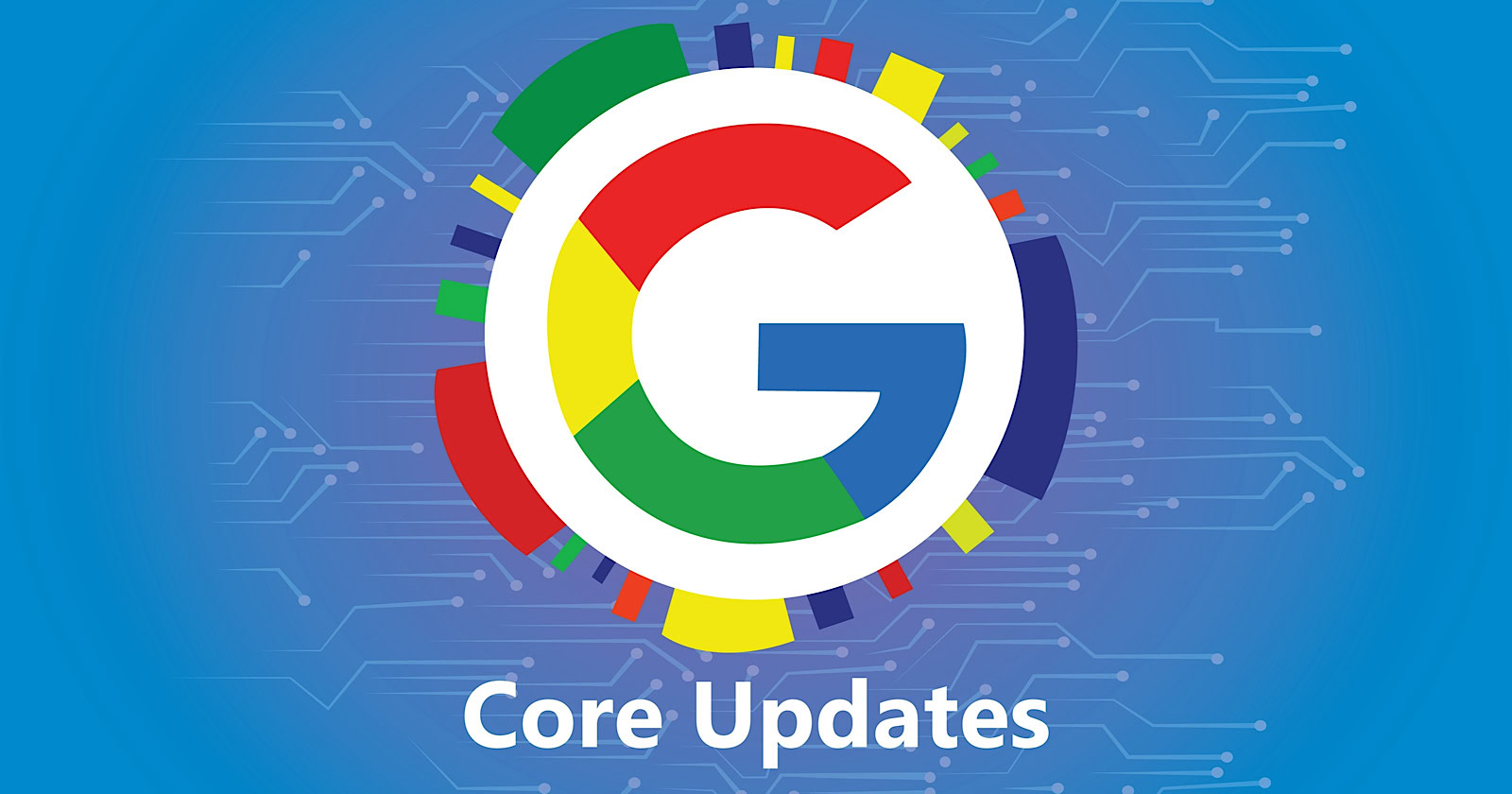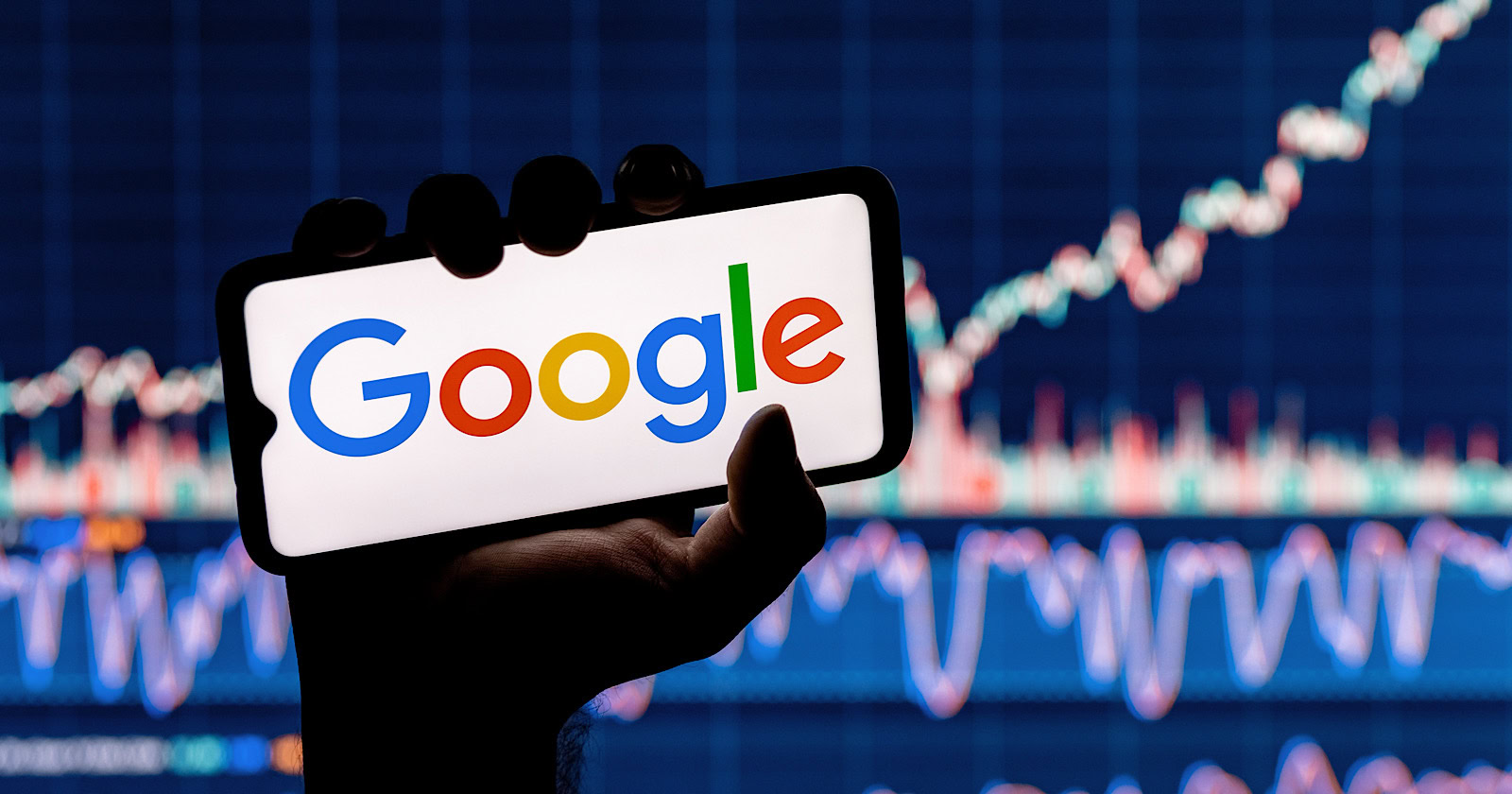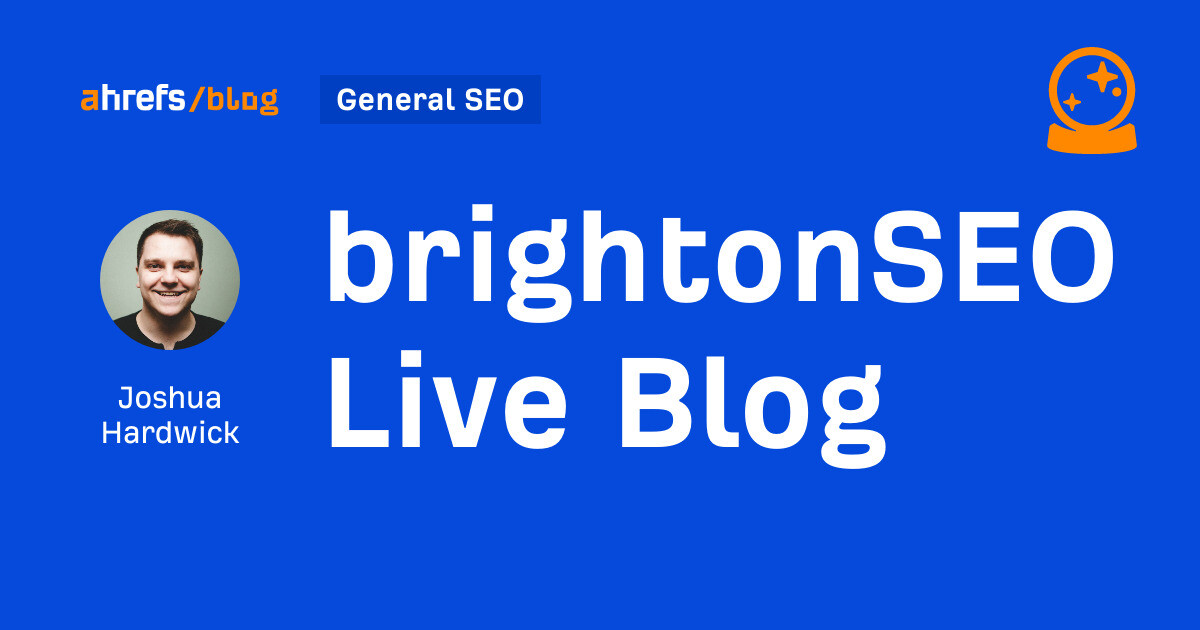SEO
Tips For Optimizing Google Ads Campaigns

If you haven’t noticed, organic SEO listings have taken a back seat on the first page of Google.
While Google is constantly testing the SERP layout and personalizing results based on the individual user, if your real estate business isn’t showing up, it can affect your volume of leads.
Even though we’re emphasizing Google search, this aims true for other search engines.
The real estate industry vertical must constantly evolve its SEO strategy to compete.
If you’re noticing an impact on your real estate business, it’s probably time to invest and add PPC to your strategy.
Here are some PPC strategies, tips, and ad formats specifically aimed at the real estate vertical to enhance your visibility.
This will also consider the challenges and nuances specific to real estate.
First, Let’s Talk Challenges
So, what makes paid search for real estate so different?
Real Estate Is An Extremely Local Product
For the most part, the end-user must physically live or plan to live in the location they’re searching for. Investors can certainly be an exception, but they’re still searching for a specific location.
So, for starters, a Google Ads campaign for real estate should target users in a specific location – the location of your property.
Google Ads’ location settings have changed within the last year where you can’t hyper-target to just “People in” your location. They have changed it to “People in, or regularly in.”
That’s fine. You don’t want to exclude people who want to relocate, and people who regularly visit a location (maybe they commute in for work) are also likely to want to live there.
During the pandemic, we’ve seen a massive shift of individuals and companies picking up their roots in other parts of the country.
There could be a play to target these users in different regions, but this can cause problems on a limited budget.
Homeowners Will Not Rent
This challenge is specific to investors running rental properties. If a consumer owns their home, it is highly unlikely they will want to rent.
How do you prevent current homeowners from seeing your advertising?
Renters Are Locked Into Long-Term Leases
While a renter is an ideal candidate for a home builder or seller, the reality is they are tied to six-month and, more often, 12-month leases. This makes their eligibility hit or miss on any given day.
You need to build a longer-term relationship with them, so they think of you when they’re ready.
Not Everyone Is A Candidate For Either A Home Or Apartment
On top of all of this, customers need to be able to afford (and qualify) for the products.
Credit checks disqualify many hopeful candidates for both a new apartment and their dream home.
The good news is that Google Ads is one of the few platforms that can specifically hone in on a qualified real estate shopper, provided the campaigns are set up correctly.
So, let’s start with a plan to optimize a PPC campaign for your real estate business.
Bidding On Your Brand Terms Is Super Important
It’s one of the industry’s favorite debates (or maybe it’s just the client’s favorite debate): whether to bid on brand terms.
The reality is, for real estate, the discovery process is unique and requires a critical investment in branded terms.
Real estate searchers learn about the locations and communities in a wide variety of ways:
- Physical signs.
- Craigslist.
- A co-worker or friend.
- Apartment guide.
- Listing aggregate websites.
These sources, however, do not always provide adequate information.
The result is a branded search on Google for more information.
This also means shoppers searching for your specific brand name are likely your hottest leads.
Make sure you capitalize on these lower funnel searchers!
If you elect to not bid on your owned brand keyword terms, it is likely one of the two (if not both) things will happen:
- If competitors are buying your brand name, they will likely appear above your branded organic listing.
- Real estate aggregators (both apartments and new homes) who bid broadly on brand terms by name and brand + city/state keywords, will gladly take that top spot. Once a consumer clicks through, they are now only one click away from viewing all of your local competitors.
You aren’t doing real estate SEM correctly if competitors steal your warm leads.
At the very minimum, you should invest in brand terms to protect that coveted top spot on the page.
Geotargeting For The Win
Under Location Options, I like to leverage the recommended setting Presence or interest: People in, regularly in, or who’ve shown interest in your targeted locations and Presence or interest: People in, regularly in, or who’ve shown interest in your excluded locations initially.
 Screenshot from Google Ads, June 2022
Screenshot from Google Ads, June 2022Based on the campaign performance, I may adjust these.
However, these recommended settings help compensate for someone who may be looking for your brand or real estate in your target locations but not physically located in that area.
Next, for city targeting, typically, I start by choosing the largest metro area around the targeted location.
Most often, people will move within the same city or suburb.
You want to avoid missing someone who is moving or relocating from one Florida suburb to the other, for example.
Pro Tip: Use city targeting with nested bid adjustments for a bigger win!
 Screenshot from Google Ads, June 2022
Screenshot from Google Ads, June 2022The idea is simple. Incrementally bid down the further out from your target location and, theoretically, as the quality of the lead decreases.
I found that Google defaults to the closest identifiable location to determine the bid adjustment.
This provides an added layer of control when using a more advanced geotargeting strategy.
Local Service Ads Are A Game-Changer
Google rolled out this campaign type nationally in 2019, with additional services added in 2020.
This campaign type is one you must test, especially if you’re bidding on terms like “real estate agents near me.”
In this example, I searched specifically for real estate agents in Cape Coral. The first half of my mobile screen was Local Service ads.
 Screenshot from search for [cape coral real estate agents], Google, June 2022
Screenshot from search for [cape coral real estate agents], Google, June 2022You’ll have to go through a setup process to get started and be eligible for Local Service Ads. You will also have to go through a background and license check in order to be Google Screened.
Negative Keywords Will Be Your Best Friend
Negative keywords are search criteria preventing your ad from showing up.
For instance, let’s say you have no interest in dealing with certain properties or home types.
You would list those as your negative keywords, and every time someone initiated a search using those terms, it would prevent your ad from showing.
Prevent Other City Keyword Matches
Not many city names are unique.
Unfortunately, not many community brand names are unique either.
The challenge is removing clicks generated by these different city searches.
A simple strategy here?
Set up a separate negative keyword list specifically for State and State abbreviations.
This will weed out many of these duplicate (and untargeted) searches.
 Screenshot from Google Ads, June 2022
Screenshot from Google Ads, June 2022Important: Don’t forget to remove the state and state abbreviation of your target location before applying the list.
Removing Low-Intent Searchers
As Google has become more and more liberal with its keyword matching (even for “Exact Match”), preventing a wide variety of keyword matching has become even more challenging.
Over the years, I’ve developed a default list of negatives (which you can download here).
For each new campaign, applying this list to campaigns along with the state negatives is part of the process.
These negatives include everything from “craigslist,” “home depot,” and “tiny” (as in ‘tiny homes’) to “zillow,” “resume,” and “section 8.”
Should you elect to download the list, be sure to scrub the list to make sure you won’t be removing anything you actually want to serve.
Don’t Forget The Demographics
Detailed demographic targeting is a powerful tool – not just for Search Ads!
Over the past few years, Google has rolled out additional ways to reach your target users in the real estate space by adding categories around:
- Detailed demographics: Homeowners or renters.
- In-Market: Residential properties.
- Life events: Purchasing a home or recently purchased a home.
It’s important to note that with these audience segments, you can either target, observe, or exclude them.
Let’s also not forget the power of combination.
For example, if your goal is to target renters who are looking to purchase a home, you could create a combined audience that includes “Detailed demographics: Renters” and also must include “Life events: Purchasing a home” or “In-Market: Residential properties.” That example would look something like this:
 Screenshot from Google Ads, June 2022
Screenshot from Google Ads, June 2022It’s also important to understand the nuances of these targeting options.
Some are only available in Display or YouTube campaigns, while other targeting options above can be used in Search campaigns.
Specifically for real estate, you can use the following for Search, Display, and YouTube:
- Detailed demographics: Homeowners or renters.
- In-Market: Residential Properties, Moving, and Relocation.
For Display and YouTube only, you can target by:
- Detailed demographics: Homeowners or renters.
- In-Market: Residential Properties, Moving, and Relocation.
- Life events: Purchasing a Home Soon, Moving Soon.
These targeting options are invaluable to your real estate strategy, especially if you are on a budget.
Try layering on the targeting criteria above for your Search campaigns to ensure you’re reaching the most relevant users.
ALL The Ad Extensions
Google released an Ad Rank formula update that now factors in ad extensions.
So, aside from their value for real estate, it’s a good practice to leverage a minimum of three ad extensions per ad.
Location Extensions
A no-brainer in general for a local business, for nearby searchers, location extensions help provide the user:
- The distance to your location, and its city (mobile).
- The location’s street address (computer).
- A clickable “Call” button.
- Tappable or clickable access to a details page for the location – with information such as hours, phone number, photos, customer ratings, and directions.
Sitelink Extensions
 Screenshot from search for [cape coral homes for sale], Google, June 2022
Screenshot from search for [cape coral homes for sale], Google, June 2022There are many, many ways to leverage sitelinks in the ad copy. For real estate specifically, floor plan pages are an ideal application.
Not every consumer is the same. Some may be looking for a studio vs. a one-bedroom apartment or a one-story home vs. one with four bedrooms.
Getting a consumer directly to the page they are interested in is half the battle and can drive very high CTRs – which, in turn, can lead to improved quality scores.
Price Extensions
 Screenshot from search for [apartments in new york], Google, June 2022
Screenshot from search for [apartments in new york], Google, June 2022First launched in 2017, the price extension is available for both mobile and desktop devices.
If you prefer to reserve your sitelinks for the standard “Contact Us,” “About Us,” etc. this is a viable alternative and, arguably, a more visually appealing application of floor plans.
Up to eight price “cards” can be added and, once clicked, will direct users to the floor plan or model that they are most interested in on your site.
These cards also expand your ads’ real estate (especially on mobile), which helps block out your competition.
Call Extensions
 Screenshot from search for [seattle real estate listings phone number], Google, June 2022
Screenshot from search for [seattle real estate listings phone number], Google, June 2022With the explosion of mobile combined with the influx of advertiser investment in the Google Ads platform, being able to speak to the potential lead directly is a gold mine.
A call extension or a call-only Google Ads campaign is the ideal implementation for this effort.
Tip: Make sure you align your call extension with your business hours. There’s nothing worse than sending a potential lead to a phone number that keeps ringing or gets picked up by voicemail.
The Bottom Line
The real estate market is unpredictable. Whether you’re a single agent team or working for a large-scale broker, every qualified lead counts.
Narrow your Google Ads real estate campaigns to exclude as much unqualified traffic as possible to generate more qualified leads. You can do this by following the tips and strategies above.
If you’re new to PPC, it may take some time to find the right mix of campaigns, audiences, and extensions that work best for you. When in doubt, test. And then test again.
More Resources:
Featured Image: Monkey Business Images/Shutterstock
In-post Image #1: Paulo Bobita/Search Engine Journal
SEO
Google March 2024 Core Update Officially Completed A Week Ago

Google has officially completed its March 2024 Core Update, ending over a month of ranking volatility across the web.
However, Google didn’t confirm the rollout’s conclusion on its data anomaly page until April 26—a whole week after the update was completed on April 19.
Many in the SEO community had been speculating for days about whether the turbulent update had wrapped up.
The delayed transparency exemplifies Google’s communication issues with publishers and the need for clarity during core updates
Google March 2024 Core Update Timeline & Status
First announced on March 5, the core algorithm update is complete as of April 19. It took 45 days to complete.
Unlike more routine core refreshes, Google warned this one was more complex.
Google’s documentation reads:
“As this is a complex update, the rollout may take up to a month. It’s likely there will be more fluctuations in rankings than with a regular core update, as different systems get fully updated and reinforce each other.”
The aftershocks were tangible, with some websites reporting losses of over 60% of their organic search traffic, according to data from industry observers.
The ripple effects also led to the deindexing of hundreds of sites that were allegedly violating Google’s guidelines.
Addressing Manipulation Attempts
In its official guidance, Google highlighted the criteria it looks for when targeting link spam and manipulation attempts:
- Creating “low-value content” purely to garner manipulative links and inflate rankings.
- Links intended to boost sites’ rankings artificially, including manipulative outgoing links.
- The “repurposing” of expired domains with radically different content to game search visibility.
The updated guidelines warn:
“Any links that are intended to manipulate rankings in Google Search results may be considered link spam. This includes any behavior that manipulates links to your site or outgoing links from your site.”
John Mueller, a Search Advocate at Google, responded to the turbulence by advising publishers not to make rash changes while the core update was ongoing.
However, he suggested sites could proactively fix issues like unnatural paid links.
“If you have noticed things that are worth improving on your site, I’d go ahead and get things done. The idea is not to make changes just for search engines, right? Your users will be happy if you can make things better even if search engines haven’t updated their view of your site yet.”
Emphasizing Quality Over Links
The core update made notable changes to how Google ranks websites.
Most significantly, Google reduced the importance of links in determining a website’s ranking.
In contrast to the description of links as “an important factor in determining relevancy,” Google’s updated spam policies stripped away the “important” designation, simply calling links “a factor.”
This change aligns with Google’s Gary Illyes’ statements that links aren’t among the top three most influential ranking signals.
Instead, Google is giving more weight to quality, credibility, and substantive content.
Consequently, long-running campaigns favoring low-quality link acquisition and keyword optimizations have been demoted.
With the update complete, SEOs and publishers are left to audit their strategies and websites to ensure alignment with Google’s new perspective on ranking.
Core Update Feedback
Google has opened a ranking feedback form related to this core update.
You can use this form until May 31 to provide feedback to Google’s Search team about any issues noticed after the core update.
While the feedback provided won’t be used to make changes for specific queries or websites, Google says it may help inform general improvements to its search ranking systems for future updates.
Google also updated its help documentation on “Debugging drops in Google Search traffic” to help people understand ranking changes after a core update.
Featured Image: Rohit-Tripathi/Shutterstock
FAQ
After the update, what steps should websites take to align with Google’s new ranking criteria?
After Google’s March 2024 Core Update, websites should:
- Improve the quality, trustworthiness, and depth of their website content.
- Stop heavily focusing on getting as many links as possible and prioritize relevant, high-quality links instead.
- Fix any shady or spam-like SEO tactics on their sites.
- Carefully review their SEO strategies to ensure they follow Google’s new guidelines.
SEO
Google Declares It The “Gemini Era” As Revenue Grows 15%

Alphabet Inc., Google’s parent company, announced its first quarter 2024 financial results today.
While Google reported double-digit growth in key revenue areas, the focus was on its AI developments, dubbed the “Gemini era” by CEO Sundar Pichai.
The Numbers: 15% Revenue Growth, Operating Margins Expand
Alphabet reported Q1 revenues of $80.5 billion, a 15% increase year-over-year, exceeding Wall Street’s projections.
Net income was $23.7 billion, with diluted earnings per share of $1.89. Operating margins expanded to 32%, up from 25% in the prior year.
Ruth Porat, Alphabet’s President and CFO, stated:
“Our strong financial results reflect revenue strength across the company and ongoing efforts to durably reengineer our cost base.”
Google’s core advertising units, such as Search and YouTube, drove growth. Google advertising revenues hit $61.7 billion for the quarter.
The Cloud division also maintained momentum, with revenues of $9.6 billion, up 28% year-over-year.
Pichai highlighted that YouTube and Cloud are expected to exit 2024 at a combined $100 billion annual revenue run rate.
Generative AI Integration in Search
Google experimented with AI-powered features in Search Labs before recently introducing AI overviews into the main search results page.
Regarding the gradual rollout, Pichai states:
“We are being measured in how we do this, focusing on areas where gen AI can improve the Search experience, while also prioritizing traffic to websites and merchants.”
Pichai reports that Google’s generative AI features have answered over a billion queries already:
“We’ve already served billions of queries with our generative AI features. It’s enabling people to access new information, to ask questions in new ways, and to ask more complex questions.”
Google reports increased Search usage and user satisfaction among those interacting with the new AI overview results.
The company also highlighted its “Circle to Search” feature on Android, which allows users to circle objects on their screen or in videos to get instant AI-powered answers via Google Lens.
Reorganizing For The “Gemini Era”
As part of the AI roadmap, Alphabet is consolidating all teams building AI models under the Google DeepMind umbrella.
Pichai revealed that, through hardware and software improvements, the company has reduced machine costs associated with its generative AI search results by 80% over the past year.
He states:
“Our data centers are some of the most high-performing, secure, reliable and efficient in the world. We’ve developed new AI models and algorithms that are more than one hundred times more efficient than they were 18 months ago.
How Will Google Make Money With AI?
Alphabet sees opportunities to monetize AI through its advertising products, Cloud offerings, and subscription services.
Google is integrating Gemini into ad products like Performance Max. The company’s Cloud division is bringing “the best of Google AI” to enterprise customers worldwide.
Google One, the company’s subscription service, surpassed 100 million paid subscribers in Q1 and introduced a new premium plan featuring advanced generative AI capabilities powered by Gemini models.
Future Outlook
Pichai outlined six key advantages positioning Alphabet to lead the “next wave of AI innovation”:
- Research leadership in AI breakthroughs like the multimodal Gemini model
- Robust AI infrastructure and custom TPU chips
- Integrating generative AI into Search to enhance the user experience
- A global product footprint reaching billions
- Streamlined teams and improved execution velocity
- Multiple revenue streams to monetize AI through advertising and cloud
With upcoming events like Google I/O and Google Marketing Live, the company is expected to share further updates on its AI initiatives and product roadmap.
Featured Image: Sergei Elagin/Shutterstock
SEO
brightonSEO Live Blog

Hello everyone. It’s April again, so I’m back in Brighton for another two days of Being the introvert I am, my idea of fun isn’t hanging around our booth all day explaining we’ve run out of t-shirts (seriously, you need to be fast if you want swag!). So I decided to do something useful and live-blog the event instead.
Follow below for talk takeaways and (very) mildly humorous commentary. sun, sea, and SEO!
-
SEARCHENGINES7 days ago
Daily Search Forum Recap: April 19, 2024
-

 WORDPRESS6 days ago
WORDPRESS6 days ago13 Best HubSpot Alternatives for 2024 (Free + Paid)
-

 WORDPRESS7 days ago
WORDPRESS7 days ago7 Best WooCommerce Points and Rewards Plugins (Free & Paid)
-

 MARKETING7 days ago
MARKETING7 days agoBattling for Attention in the 2024 Election Year Media Frenzy
-

 MARKETING6 days ago
MARKETING6 days agoAdvertising in local markets: A playbook for success
-

 SEO7 days ago
SEO7 days agoGoogle Answers Whether Having Two Sites Affects Rankings
-

 SEARCHENGINES6 days ago
SEARCHENGINES6 days agoGoogle Core Update Flux, AdSense Ad Intent, California Link Tax & More
-

 AFFILIATE MARKETING6 days ago
AFFILIATE MARKETING6 days agoGrab Microsoft Project Professional 2021 for $20 During This Flash Sale




![The Current State of Google’s Search Generative Experience [What It Means for SEO in 2024] person typing on laptop with](https://articles.entireweb.com/wp-content/uploads/2024/04/The-Current-State-of-Googles-Search-Generative-Experience-What-It.webp-400x240.webp)
![The Current State of Google’s Search Generative Experience [What It Means for SEO in 2024] person typing on laptop with](https://articles.entireweb.com/wp-content/uploads/2024/04/The-Current-State-of-Googles-Search-Generative-Experience-What-It.webp-80x80.webp)










You must be logged in to post a comment Login